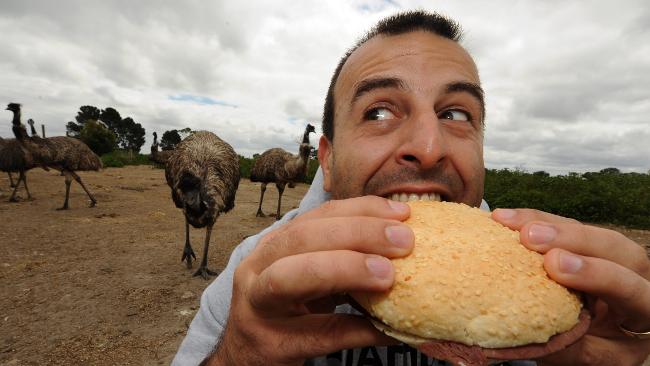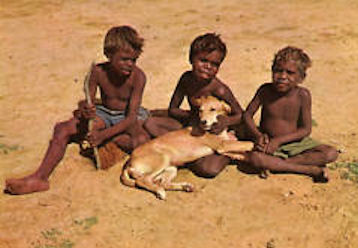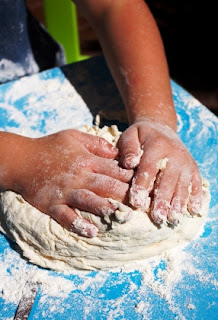Flying Foxes have been blamed recently, for the spread of a virus called the Hendra virus which has been confirmed as the cause of illness or death in horses, Biosecurity Queensland will manage the situation. It will quarantine the property where the outbreak has occurred and isolate any ill animals. It will conduct a full disease investigation and take measures to care for animals, prevent the risk to people, decontaminate the environment and safely dispose of infected horses that die.
Iam not the evil one! its those damn chemicals!
If fruit bats have always carried this disease, why was the first recorded outbreak in 1994? It is possible the deaths have gone undiagnosed? Have the fruit bats become more infectious for some reason? The macadamia industry has also recently been in the news for its use of agricultural chemicals that have been blamed for fish deformities in the Noosa River — could these chemicals impact fruit bats.
The most recent and rapid expansion of the disease this year also corresponds to major rainfall events and it is hard to link this with increased interaction with fruit bats — although it is claimed that the Hendra virus or antibodies have been found in “pooled” blood collected from mosquitoes in the Hendra case paddock in 1995.
Flying foxes pose no identified risk of passing Hendra virus directly to people. All human cases have resulted from close contact with infected horses. Of 140 people with close contact with flying foxes (including bat carers, wildlife rangers and research scientists), none showed any evidence of Hendra virus infection. Nonetheless, because of the risk of contracting the invariably fatal Australian bat lyssavirus from any Australian bats, members of the general public should not handle flying foxes or any other bats.
Flying Foxes were classified as ‘Vulnerable to extinction’ in The Action Plan for Australian Bats, and has since been protected across its range under Australian federal law. As of 2008 the species is listed as 'Vulnerable on the International Union for Conservation of Nature Red List of Threatened Species.
There has been much debate about the role of flying foxes in the spread of this disease. However, culling flying foxes is not an effective way to reduce Hendra virus risk according to Primary Industries.
The following reasons are given:
Flying foxes are an important part of our natural environment
Flying foxes are widespread in Australia and, as they are highly mobile, it is not feasible to cull them
Culling or dispersing flying foxes in one location could simply transfer the issue to another location
There are far more effective steps people can take to reduce the risk of Hendra virus infection in horses and humans.
Flying-foxes are mammals and are members of the Pteropididae or fruit bat family. They have the largest body size of all bats. Four species of these mammals are native to mainland Australia: the Little Red Flying-fox, the Black Flying-fox, the Grey-headed Flying-fox and the Spectacled Flying-fox.
Flying-foxes are found throughout tropical and sub-tropical Asia and Australia and on islands of the Indian and western Pacific Oceans. The four Flying-fox species found in Australia occur mostly in northern and eastern temperate and sub-tropical coastal areas.
Flying-foxes prefer blossom, nectar, fruit and occasionally leaves of native plants, particularly eucalypts, tea-trees, grevilleas, figs and lilly pillys. Flying foxes will also take the fruit of cultivated trees, particularly during periods of shortage of their preferred food.
Camps are places where the large flying-foxes gather during the day, sometimes in many thousands. Along the coast they may be in mangroves, further inland they are often in deep gullies or rainforest patches, and west of the Dividing Range they are usually along water-courses.
Eating and Cooking
Many species are threatened today with extinction, and in particular in the Pacific a number of flying fox species have died out as a result of over-harvesting for human consumption.
Varieties of fruit bats, including the sizable flying fox bat, are the most popular to eat. When it comes time to cook them up, ," famed chef Anthony Bourdain cautions traveling gastronomes of a particularly pungent smell that wafts from simmering bat. But the actual flavor should be far more benign. As with many mystery meats, bat reportedly tastes a lot like chicken. To rustle up one's own batty entrée, Bourdain says to season it with some peppers, onions or garlic (not unlike a roasted chicken recipe) to mitigate that strong scent.
A big no no with cooking bats or flying foxes is to not steam or stew them they have a very pungent smell that is not pleasent when cooked these ways.
The best and tastiest way to cook bats is to throw them on a fire whole, this will burn the fur off, and give them a nice charred flavour.
Remove them from the flames and let fire burn down to just hot coals. cut the flying foxes into four or five pieces and place on wire grill over coals at this stage you can add salt or spices to your taste or just leave as is, I like just a bit of salt, cooking time is up to you, i like well done to get that crispy taste.
The heart of the Flying fox once cooked is delicious.
Enjoy
















































